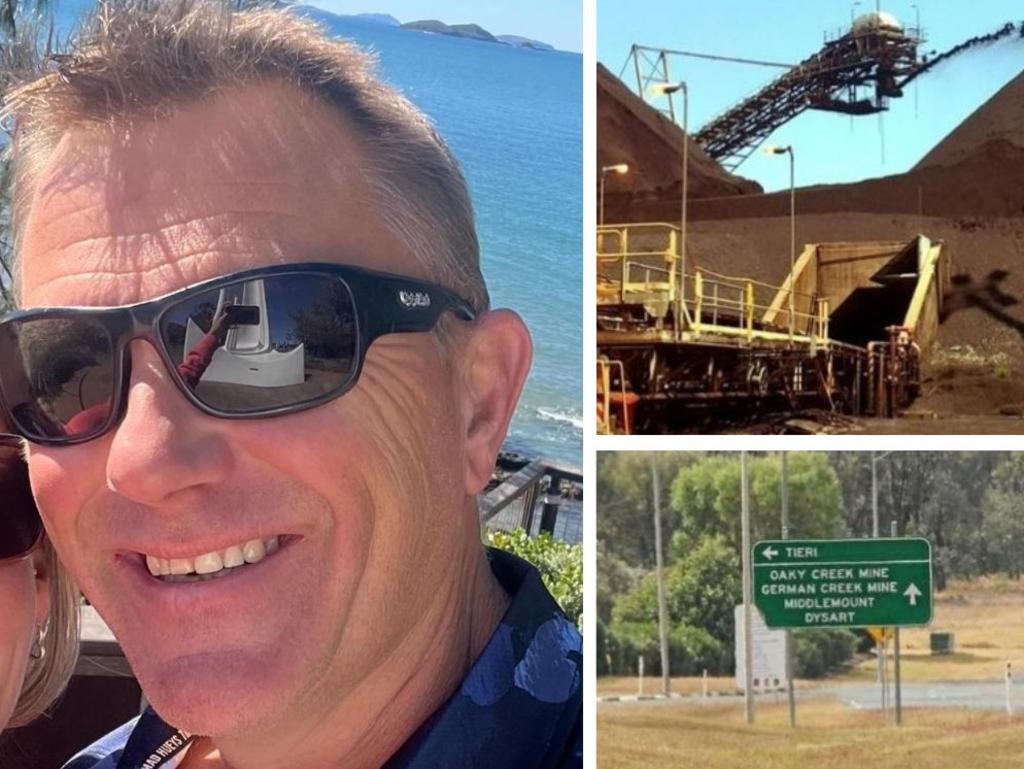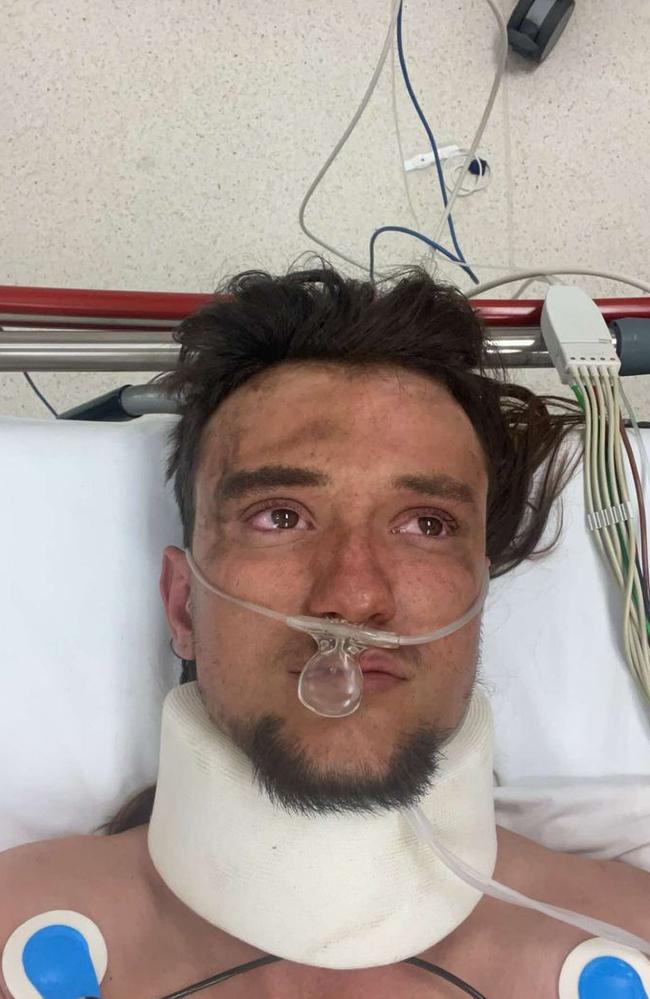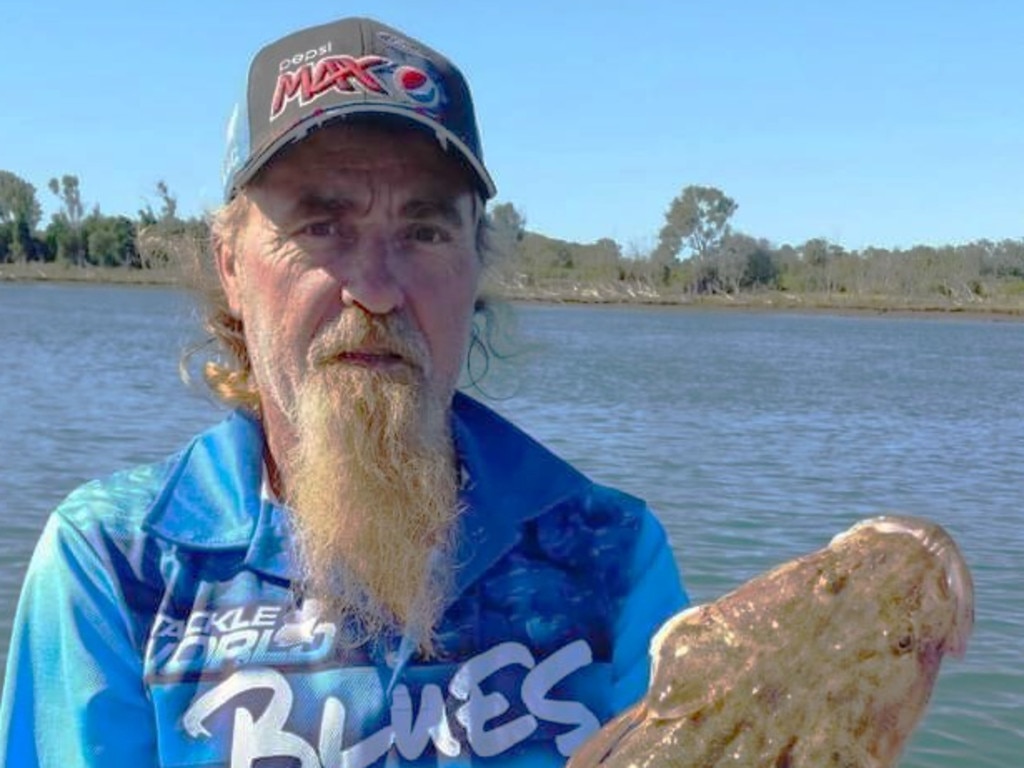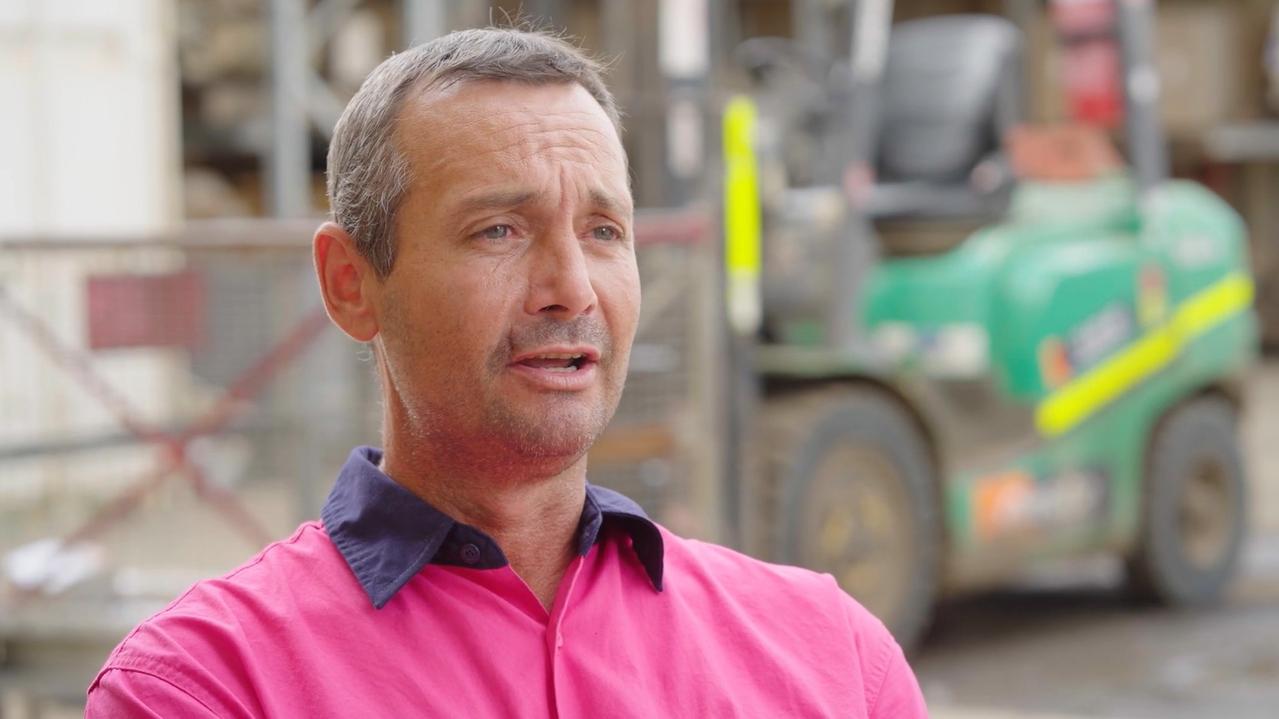RSHQ issues safety alert in wake of fatal and serious mine incidents
The coal mining watchdog has put Queensland sites on notice after uncovering a concerning pattern amid the fatal and serious incidents involving workers, as new information is revealed about the most recent tragedy.

Mackay
Don't miss out on the headlines from Mackay. Followed categories will be added to My News.
The coal mining watchdog has put Queensland sites on notice after uncovering a concerning pattern amid the fatal and serious incidents involving workers in no-go zones, as new information is revealed about the most recent tragedy.
Resources Safety and Health Queensland has issued a safety alert in relation to line of fire and exclusions zone “failings” that resulted in three out of the four mine fatalities in 2024.
The mine safety regulator also revealed hazards and risks to individuals were not being identified.
The most recent involved the death of Frank Thomas, 51, at Glencore’s Oaky Creek Coal mine on October 2. He had been one of two men carrying out maintenance works involving a conveyor belt when a cable snapped and struck them about 4.34pm.
Mr Thomas tragically died at the scene, while his co-worker was flown to hospital with serious injuries.

RSHQ investigations revealed the workers “were standing in the line of fire”.
“Based on initial investigation reports a sled, laden with conveyor trough frames was being winched up and along the conveyor walkaway,” an RSHQ safety alert stated.
“A sudden event has occurred and two coal mine workers standing on the uphill side of the sled have been impacted resulting in one coal mine worker being fatally injured and another coal mine worker sustaining significant injuries.”
This followed an earlier incident on September 17 when 18-year-old Moorvale tyre fitter Ethan Avenell suffered a serious broken ankle, breaks to his arm and a gash on the back of his head after the bead seat band of a mine truck rim, weighing about 200kg, landed on him.

Mr Avenell and another worker, a tyre manipulator, were completing a vertical mount of a five-piece wheel assembly on rear dump truck at a surface mine’s tyre bay, when he was struck by a falling bead seat band and side ring, suffering significant injuries to his foot, arm and head.
RSHQ stated initial investigations showed he had been in the line of fire.
It further found that of the four fatalities this year, “three involved maintenance work and no-go zones”.
“RSHQ has also identified an over-reliance on administrative controls – taking a simple step that appears to highlight an issue but does not remove the issue,” the safety alert stated.
“These provide a lower level of protection and are less reliable controls, instead of looking at safer ways to perform a task.
“It also appears that hazards and risks to individuals are not being identified.”

Central Queensland’s Bowen Basin has been plagued with four mining deaths in 2024, three of which occurred in about two months.
Barely six weeks before Mr Thomas’s death, Bundaberg grandfather John Linwood died on August 22 when the light vehicle he was driving and a large haul truck collided at Byerwen open cut mine about 1pm.
The loaded haul truck had been ascending the ramp leading out of the pit at low speed when the light vehicle approached from behind and ran into the rear of the larger vehicle and became wedged underneath. The 56-year-old MacMahon contractor tragically died at the scene.

Just three weeks earlier, also at Byerwen mine, long-term worker and father of five Chris Schloss lost his life on August 3, suffering fatal injuries after he was struck by the boom of a pick and carry crane when it rolled over.
And in January this year a worker died after suffering crush injuries at a BMA site. Mackay man and racing enthusiast Luke O’Brien, 27, was fatally injured after being pinned between two vehicles in the fuel-bay area at Saraji mine at Dysart on January 15.

RSHQ has issued a number of recommendations including that no-go zones must be established, especially before maintenance tasks have commenced, and exclusion zones must be clearly defined.
Sites should also “physically prevent entry into the exclusion zone” where possible and potential lines of fire must be considered when establishing no-go zones.
Workers needed to be aware that equipment failure during hauling and loading type operations could occur at any stage, and stay well clear of items such as cables, ropes, and chains when they are under tension.
RSHQ also recommended reviewing the hierarchy of controls and stated the most effective control measure involved eliminating the hazard and its associated risk.
“The best way to eliminate a hazard is to not introduce the hazard in the first place. Avoid relying on administrative controls,” the safety alert stated.
More Coverage
Originally published as RSHQ issues safety alert in wake of fatal and serious mine incidents









